Igneous Rocks + Volcanoes (Week 3)
1/91
There's no tags or description
Looks like no tags are added yet.
Name | Mastery | Learn | Test | Matching | Spaced |
|---|
No study sessions yet.
92 Terms
Rock
Solid aggregate of minerals and sometimes mineral-like substances (organic matter and glass)
Classes of rocks
Igneous
Sedimentary
Metamorphic
Importance of Rocks
Contains minerals
Serve as aquifers (storage systems for groundwater)
Contain almost all the world’s petroleum (for fuel and manufacturing)
Contain world’s mineral resources
Record Earth’s history
The rock cycle
Depicts dynamic changes that take place on and within Earth to transform classes of rocks
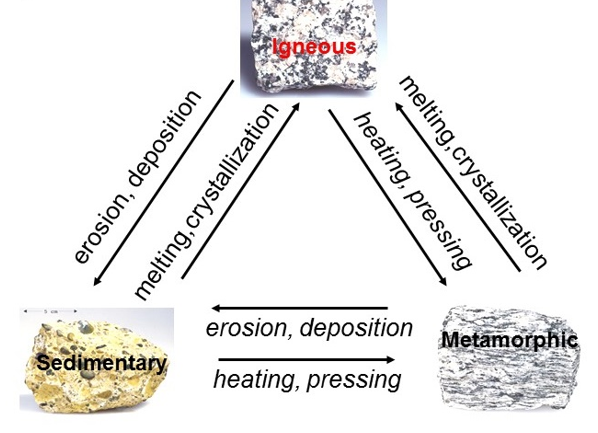
Igneous → Sedimentary
Erosion + Deposition
Sedimentary → Igneous
Melting + Crystallization
Igneous → Metamorphic
Heating + Pressing
Metamorphic → Igneous
Melting + Crystallization
Metamorphic → Sedimentary
Erosion + Deposition
Sedimentary → Metamorphic
Heating + Pressing
Characteristics of Rocks
Composition (mineral/fossil/organic content)
Texture (arrangement of crystals or particles)
Additional geological structures within the rock
Function of characteristics of rocks
To indicate and reconstruct the history of the rock
Igneous
“Born of fire” - begins as magma and rises toward Earth’s surface in magma chambers
Formation of Extrusive Igneous Rocks
Magma rises and cools QUICKLY on or near the Earth’s surface via volcanoes
Formation of Intrusive/Plutonic Igneous rocks
Magma trapped below earth cools SLOWLY below the surface
How Igneous rocks are classified
Texture (which records cooling history)
Mineral composition (indicates how magma was formed)
Igneous texture
Indicates cooling history
Slow cooling below Earth’s surface creates large crystals
Rapid cooling at/above Earth’s surface creates tiny crystals
Quenched (essentially immediate) cooling at Earth’s surface creates no crystals
Igneous mineral composition
Provides information on how magma was formed
Magma formed and cooled at high temperatures are rich in FERROMEGNESIAN SILICATE minerals (are dark)
Magma formed and cooled at low temperatures have less ferromagnesian silicate minerals (are light)
Phaneritic Texture
Mineral crystals visible to unaided eye, cooling was slow and at great depth (allowing crystal formation)
Aphanitic Texture
Mineral crystals too small to be visible by unaided eye, cooling was fast at or near the surface (crystals had little time to grow in lava)
Glassy Texture
Result of quenching (immediate cooling) at surface, no time for crystals to grow
Igneous Texture and Cooling History - Extrusive
Extrusive igneous rocks crystallize rapidly to produce a APHANITIC/GLASSY texture
Igneous Texture and Cooling History - Intrusive
Intrusive igneous rocks crystallize slowly at depth to produce PHANERITIC texture
Principle composition of most igneous rocks
Silicate minerals - ferromagnesian and non-ferromagnesian
Ferromagnesian silicate-rich igneous rocks
Tend to be darker in colour
Non-ferromagnesian silicate igneous rocks
Tend to be lighter in colour
Common Ferromagnesian Silicate Minerals of Igneous Rocks
Olivine
Pyroxene
Amphibole
Biotite mica
Common Non-ferromagnesian Silicate Minerals of Igneous Rocks
Feldspars, which have silica framework and light cations like K, Na, Ca (Plagioclase and Orthoclase)
Quartz (very common, consists of only silica)
note Ca rich plagioclase is dark coloured
Bowen’s Reaction series: Ferromagnesian silicate minerals
Discontinuous sequence
Olivine → Pyroxene → Amphibole → Biotite Mica
Bowen’s Rection Series: Non-Ferromagnesian silicate minerals
Continuous sequence
Ca-rich feldspar → Na-rich feldspar → K-rich feldspar → Muscovite Mica → Quartz
Colours in Bowen’s Reaction Series
Minerals cooling at higher temperatures: Darker
Minerals cooling at higher temperatures: Lighter
Igneous Compositions
Described the composition of igneous rocks to approximate proportions of light-dark materials
Felsic
Intermediate
Mafic
Ultramafic
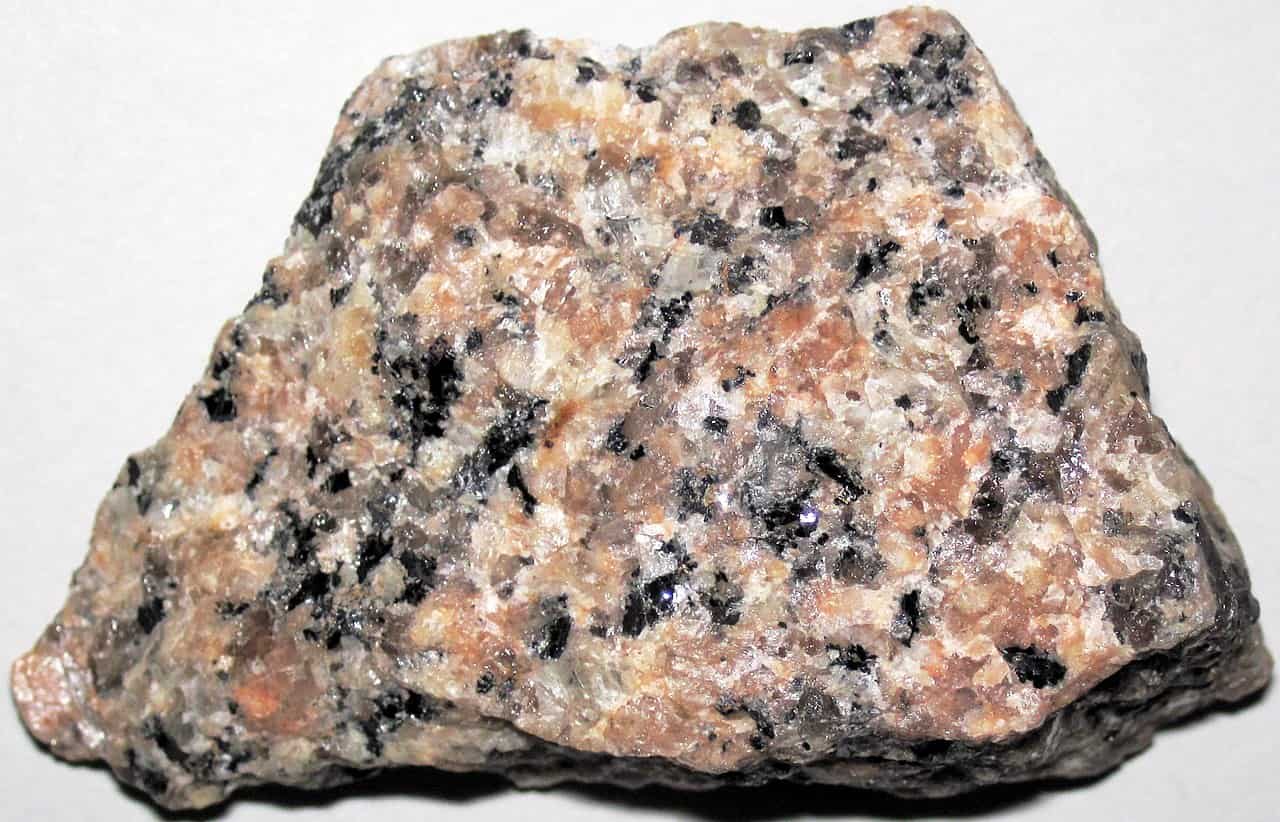
Felsic (granite)
Predominantly light-coloured minerals
Feldspar and quartz
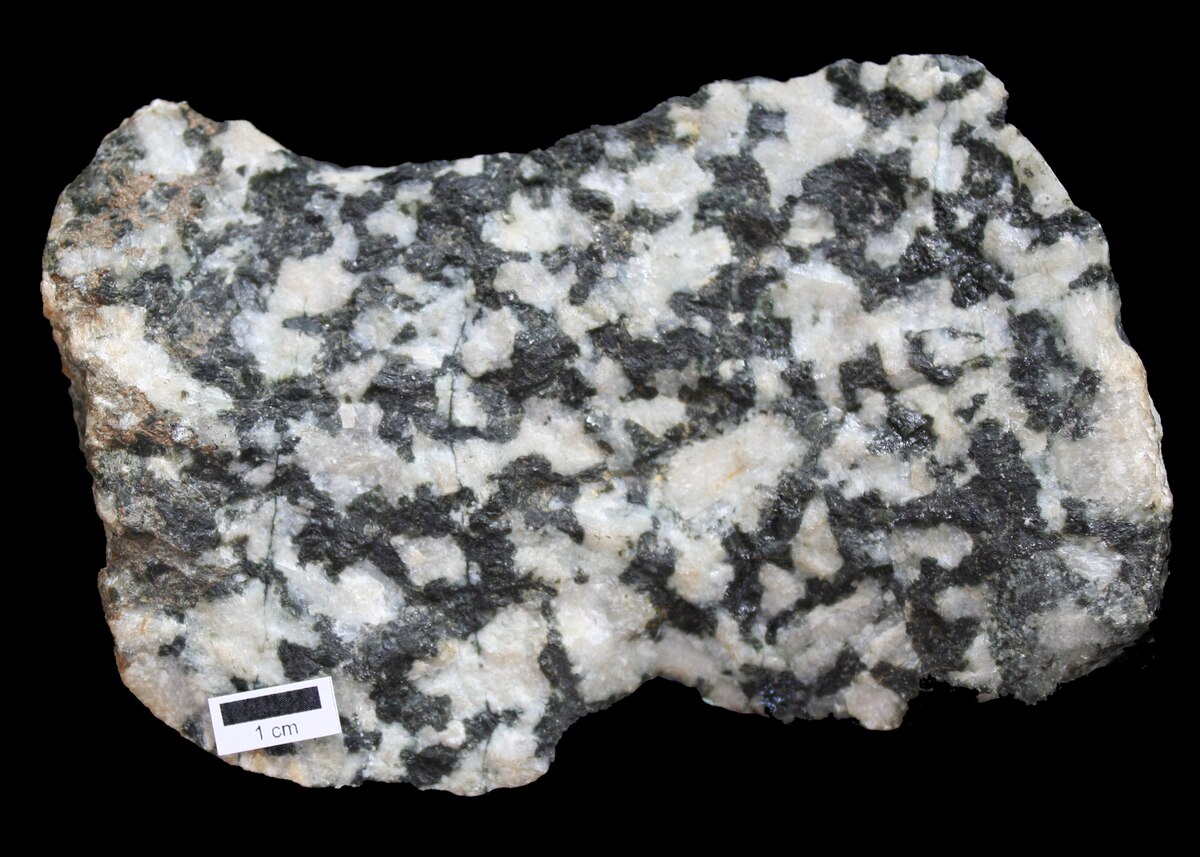
Intermediate (diorite)
Equal light and dark minerals
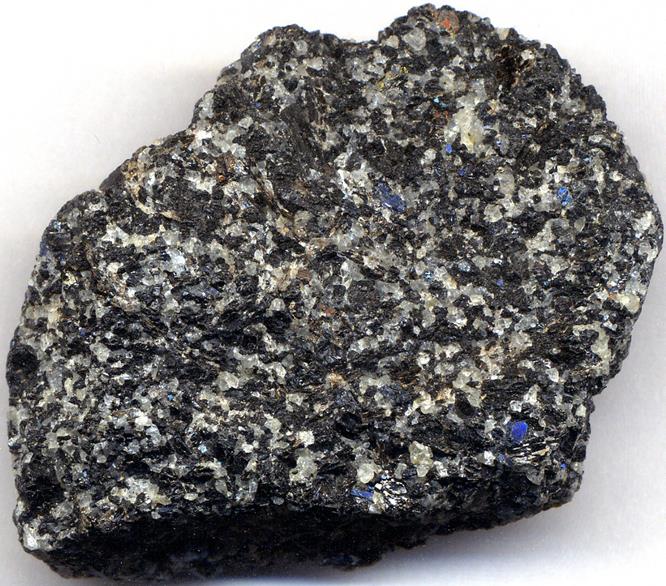
Mafic (gabbro)
Predominantly dark coloured minerals
Containing Mg and Fe
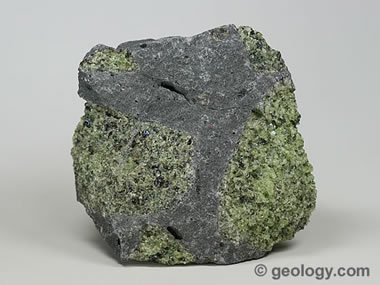
Ultramafic (olivine)
Predominantly dark-ish coloured minerals
Naming Igneous Rocks
Composition + Texture
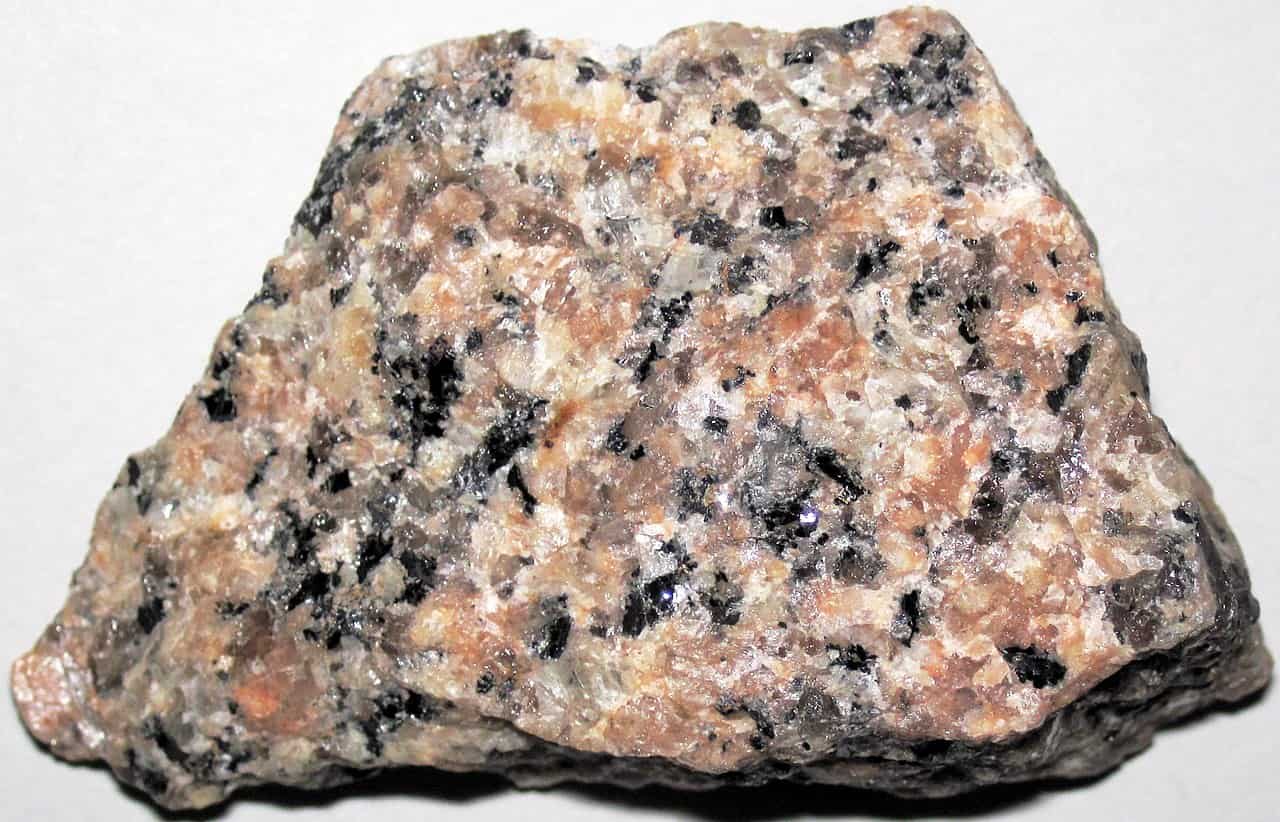
Felsic + Phaneritic
Granite
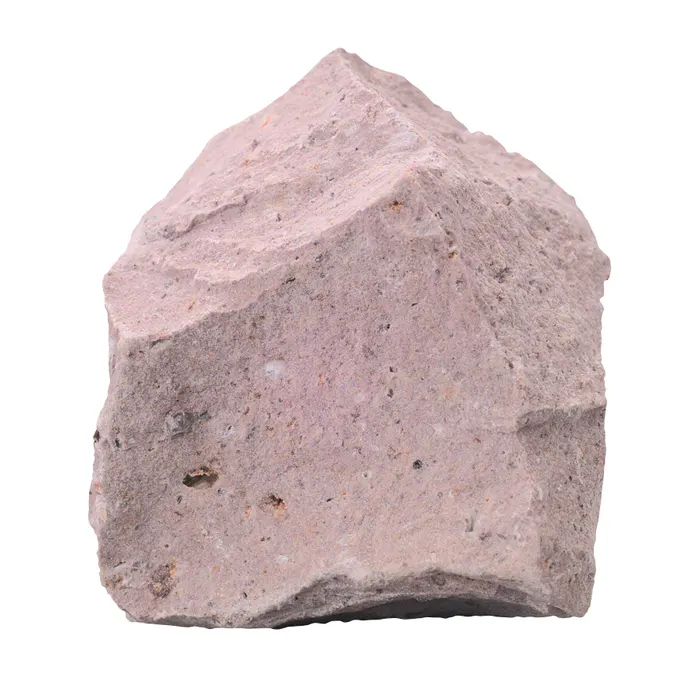
Felsic + Aphanitic
Rhyolite
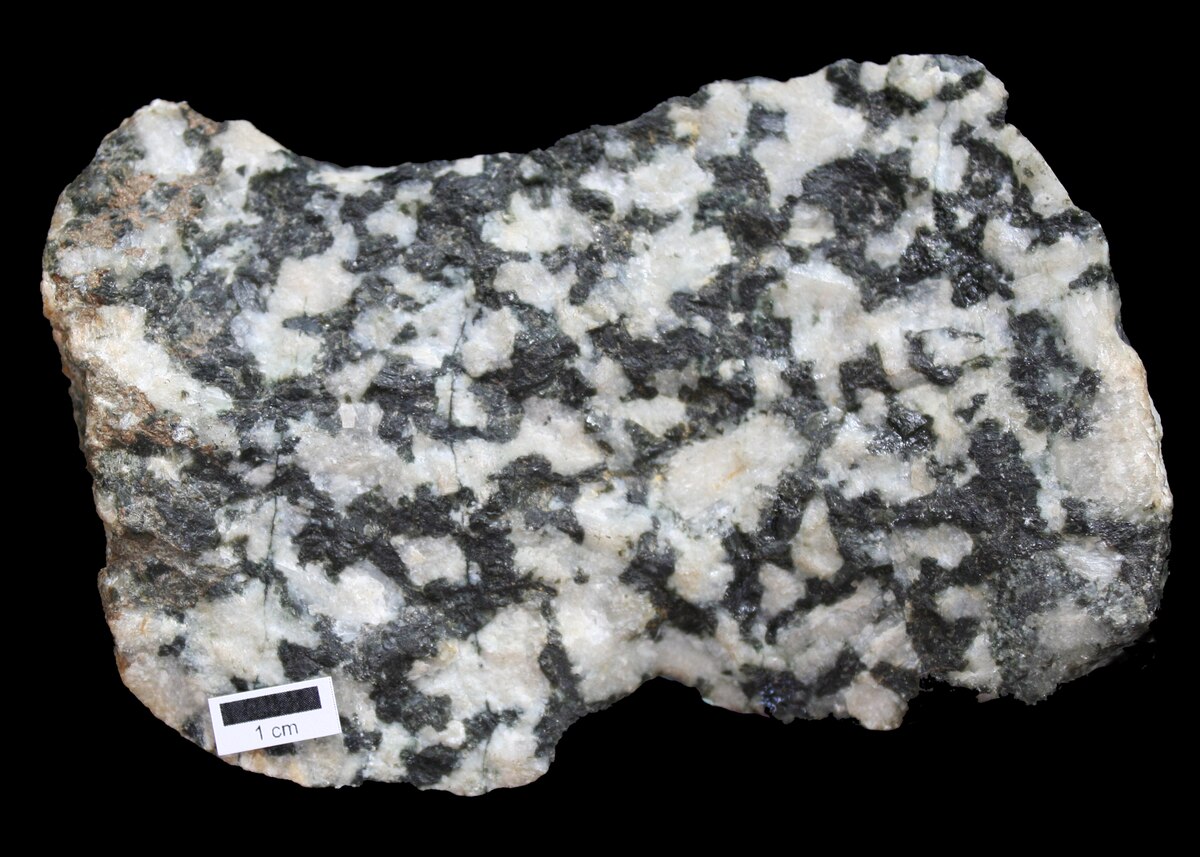
Intermediate + Phaneritic
Diorite
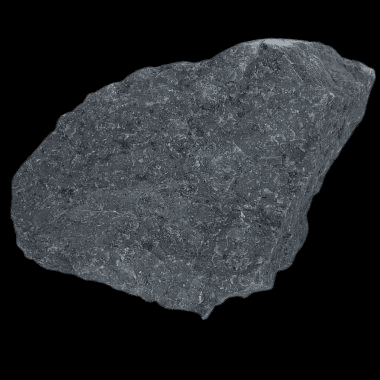
Intermediate + Aphanitic
Andesite
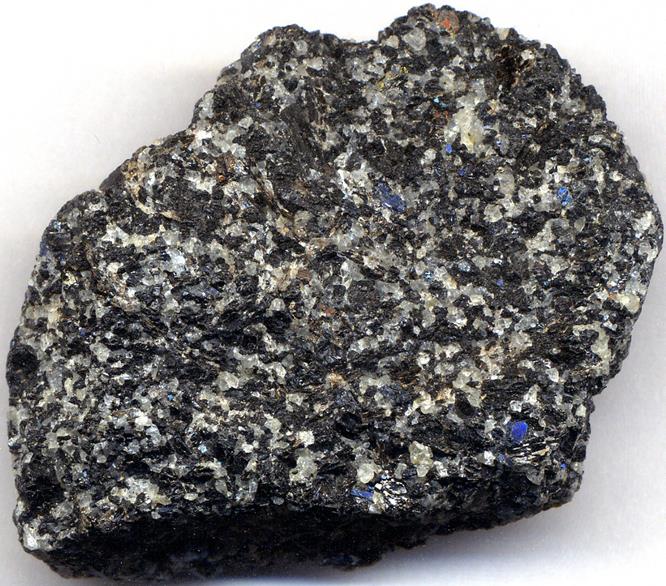
Mafic + Phaneritic
Gabbro
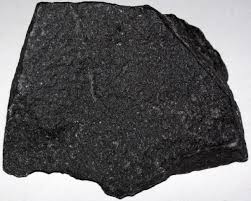
Mafic + Aphanitic
Basalt
Problem with melting rock
Temperature increases at depth (atoms apart), pressure increases at depth (atoms together)
Plate tectonics
Consists of Earth’s lithosphere broken up and floating on the asthenosphere, concept is them moving away, toward, or alongside one another
Magma formation: Decompression melting
Generated where plates are diverging
Produced by melting of low and high temperature minerals (able to melt because near the surface, so pressure is low)
Magma Composition: Decompression melting
Contains silica, and a large amount of Fe and Mg
Rocks formed: Decompression melting
Mafic rocks
Intrusive: gabbro
Extrusive: basalt
Magma Formation: Hydration melting
Generated by converging plates
Formed at lower temperatures than diverging plates, water released from descending plate turns to steam and lowers melting point of mantle rock
Low temperature minerals are melted
Magma Composition: Hydration melting
Rich in silica, can be further enriched in silica by silica-rich rocks in the crust
Rocks formed: Hydration melting
Intermediate to felsic rocks:
Intrusive: diorite or granite
Extrusive: andesite or rhyolite
Intrusive igneous bodies
Features formed by the ascent of magma (through a stack of sedimentary strata)
Magma cools and crystallizes into solid igneous rock
All rocks have phaneritic texture
How magma can ascend through strata
Rise through conduit of volcano
Intrude between strata (run parallel)
Intrude into subvertical fractures (cut across strata)
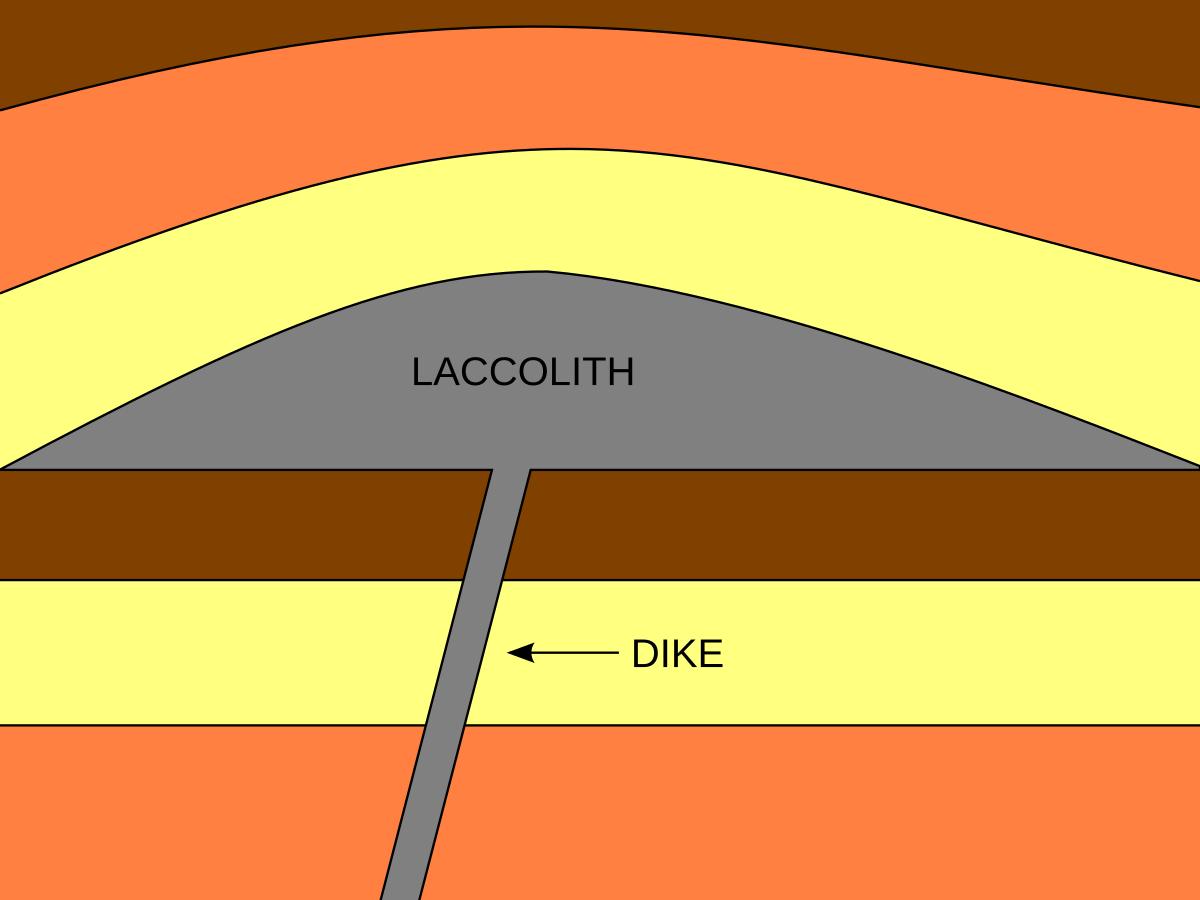
Laccolith
Domed, blister-like body
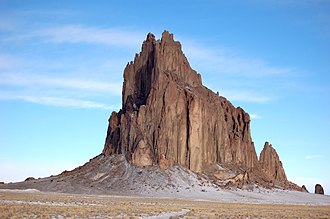
Volcanic neck/plug
A “plug” of igneous rock
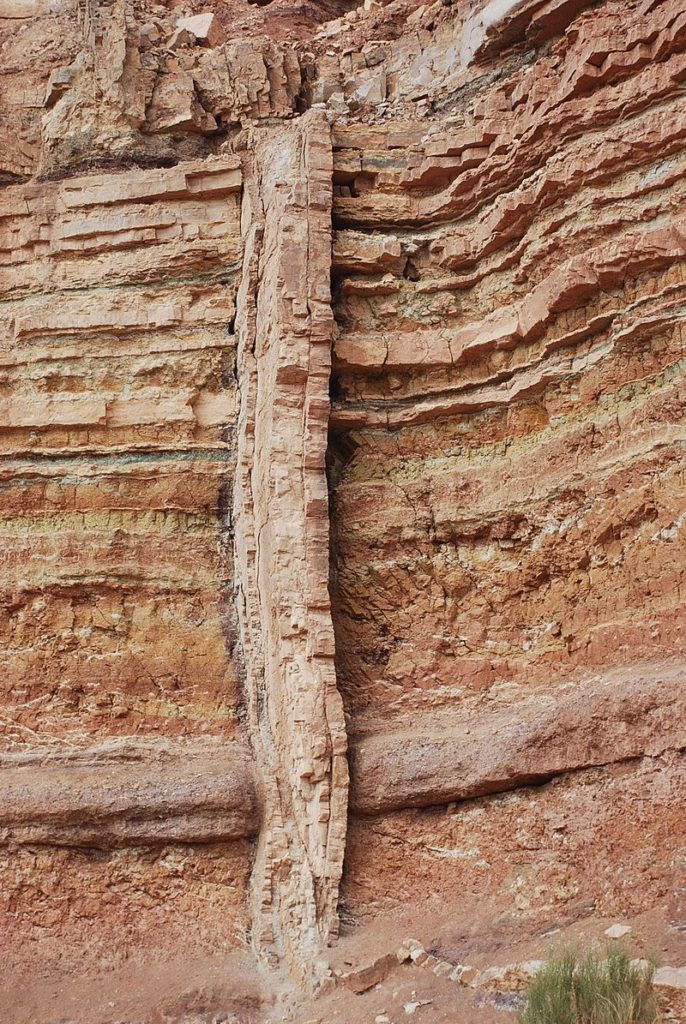
Dike
Subvertical sheet-like body that cuts through strata
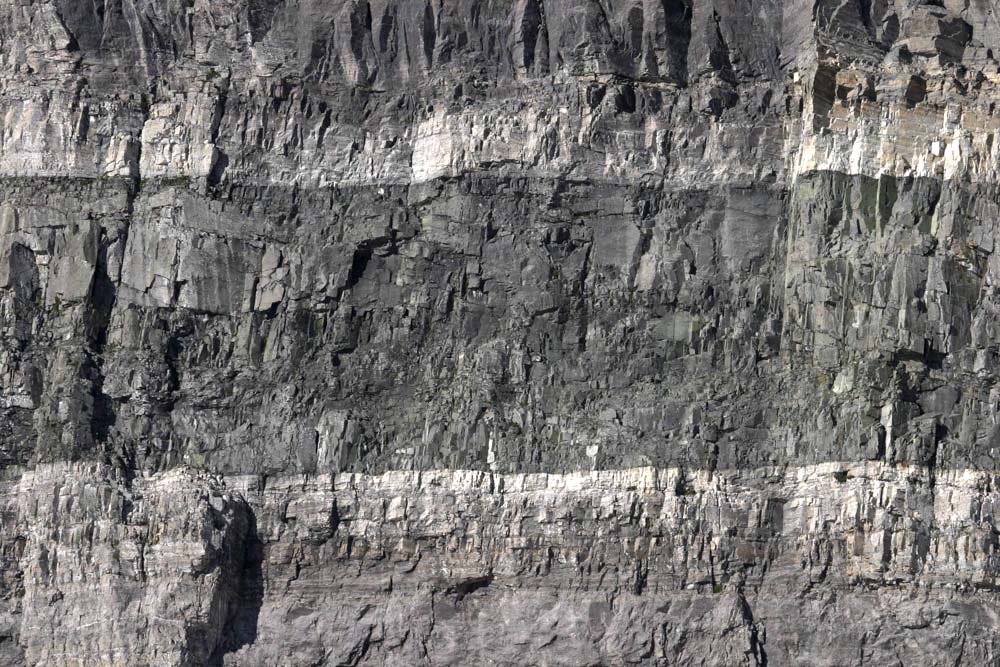
Sill
Sheet-like body parallel to strata
Products of volcanic eruptions
Lava
Pyroclasts
Volatiles
Pyroclastic material
Airborne blobs of lava and pulverized bits of rock
blobs of lava land as volcanic “bombs”
Volatiles
Gases that have escaped from magma during eruption
Lava
Liquid molten rock
Factors affecting eruption style
Composition of magma
Temperature of magma
Dissolved gases in magma
Viscosity
Controlled by factors affecting eruption style AND the nature of an eruption
Convergent boundaries
Magma produced by hydration melting
Melted rock is enriched in silica
Intermediate to felsic composition
Divergent boundaries
Magma produced by decompression melting
Melted rock is silica-poor
Mafic composition
Intraplate hotspots
Independent of plate boundaries
Discrete heat plumes that locally melt high-temperature asthenosphere rock
Magma has mafic composition
Continental areas have magma contaminated by molten continental crust, leading to a more felsic composition
Main texture of lava rock
Aphanitic (due to rapid cooling)
Most important volcanic rocks
Basalt (mafic)
Andesite (intermediate)
Rhyolite (felsic)
Formation of pyroclastic materials
Blockage of volcanic vent cooled by lava: lava dome produced
Lava dome explodes due to release in pressure
Pulverized materials release (drastically ranging in size)
Special textures of volcanic igneous rocks
Porphyritic
Glassy
Vesicular
Pyroclastic
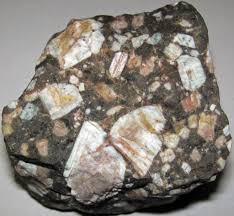
Porphyritic Texture
Aphanitic component with phenocrysts (large crystals)
Has a two stage cooling history
Magma cooled slowly at depth (allowing larger crystals to form)
Magma rose quickly to the surface (remaining liquid cooled quickly to produce tiny crystals in fine-grained “ground mass”
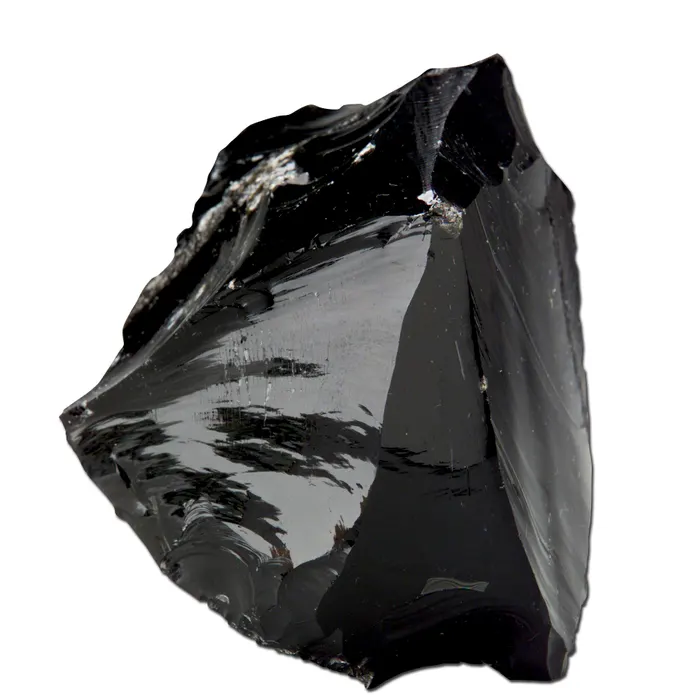
Glassy Texture
Surface of lava that is quenched (cooled very quickly), ions could not produce crystals
High silica content also slows down movement of ions
Ions remain disordered and produce obsidian
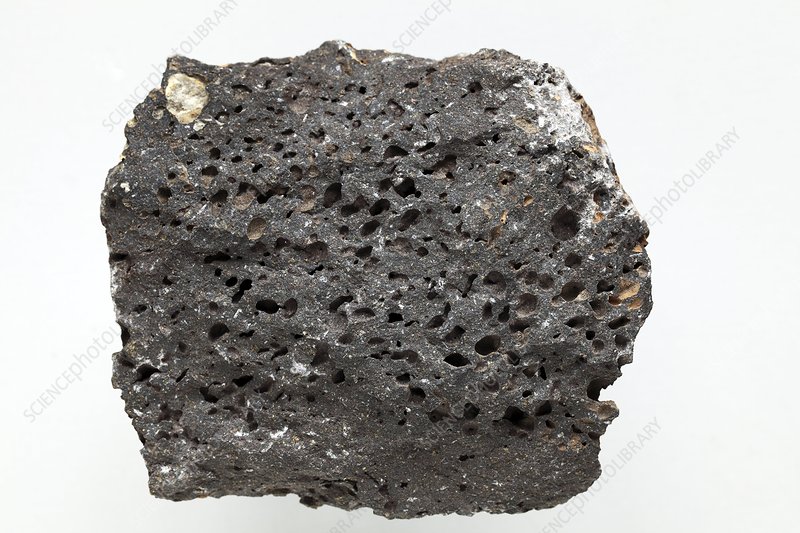
Vesicular texture
Presence of voids preserved in volcanic rock
Laval becomes frothy and is full of holes in extreme cases (so light it floats)
Has 2 types
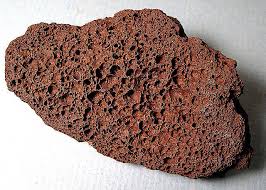
Scoria
Mafic + vesicular
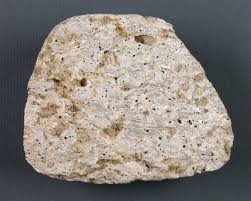
Pumice
Felsic + vesicular
Pyroclastic flow
Common in explosive eruptions
Cloud of hot pyroclastic material (mostly ash) and gas forced to flow downhill
Nuee Ardente
Growing cloud
Pyroclastic flow so hot that it glows
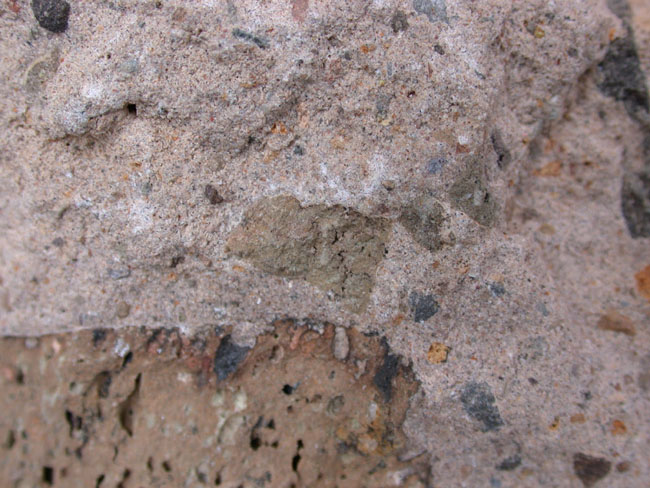
Pyroclastic texture
When material settles from pyroclastic flow
Angular, glassy fragments are welded together
Tuff is produced
Volatile content
related to explosive tendency
Higher content increases tendency for magma to be explosive (producing more pyroclastic material)
Tephra
Fragmental material that pyroclastic material is deposited as
Mafic composition: explosive tendency
Least explosive
Low silica, higher temperature (lower viscosity) '
Low gas content
Least likely to produce pyroclastics
Felsic and Intermediate composition: explosive tendency
Most explosive
High silica, low temperature (higher viscosity)
High gas content
More likely to produce pyroclastics
Mafic (Basaltic) Composition: Volcanic Landforms
Shield volcanoes
Basalt plateaus
Cinder cones
Intermediate (Andesitic) Composition: Volcanic Landforms
Composite Cones
Felsic (Rhyolitic) Composition: Volcanic Landforms
Volcanic Domes
Pyroclastic Flows
Types of volcanic landforms
Shield
Composite
Cinder cone
Factors controlling volcano profiles
Viscosity of lava
Angle of repose (steepest angle of stability) of pyroclastic material
Tephra form steeper slopes than fine-grained ash
Shield volcano
Enormous
Gentle slope
Lots of lava
Broad, low profile shape
reflects gentle and relatively quiet of low viscosity, basaltic lava
Effusive (quiet) erruptions
Composite Cone (stratovolcano)
Forms at convergent plate boundaries
Fairly large, classic cone shape
Composed of inter-bedded lava flows and pyroclastic debris
Intermediate to felsic composition lava (explosive)
More felsic - potential for volcanic dome
Cinder cones (parasitic cones)
Small with steep slopes
Mostly fragments of basaltic cinders and ash (ejected due to high volatile content)
Made of tephra
Often on flanks of larger volcanoes
Calderas
The top of a volcano caves in during violent eruptions
Loss of magma causes the structure to cave in
Huge amounts of pyroclastic debris and gases are released through ring fractures surrounding the summit
Toba
Largest volcano to have affected humans, only remaining evidence is a 100km diameter caldera